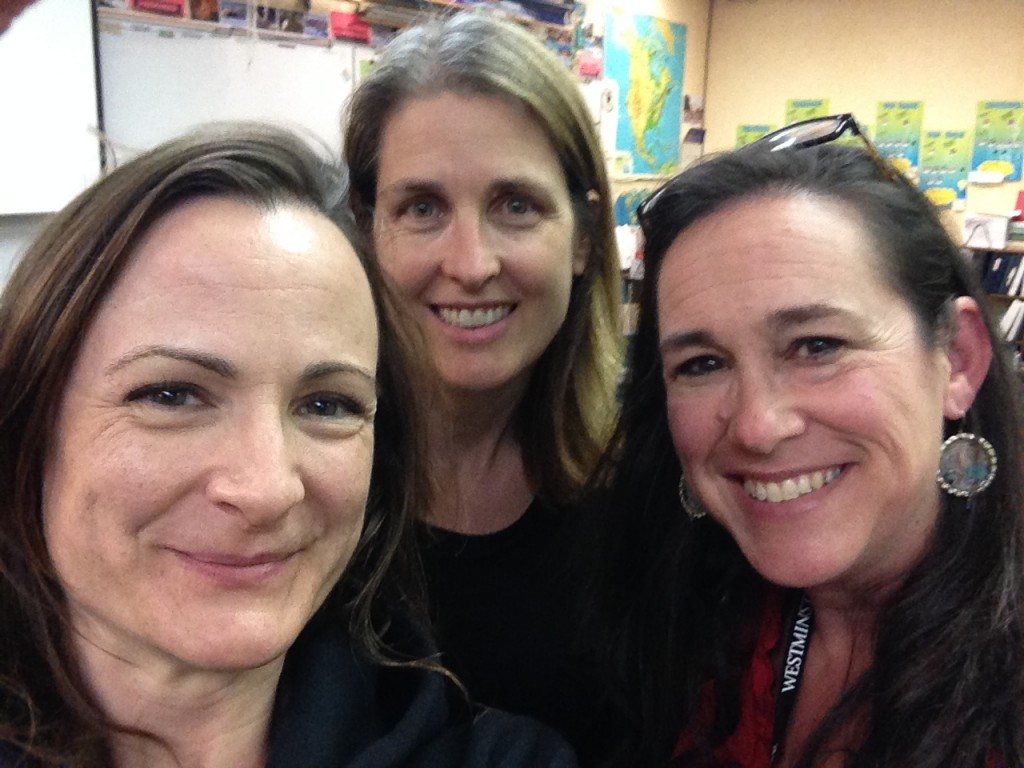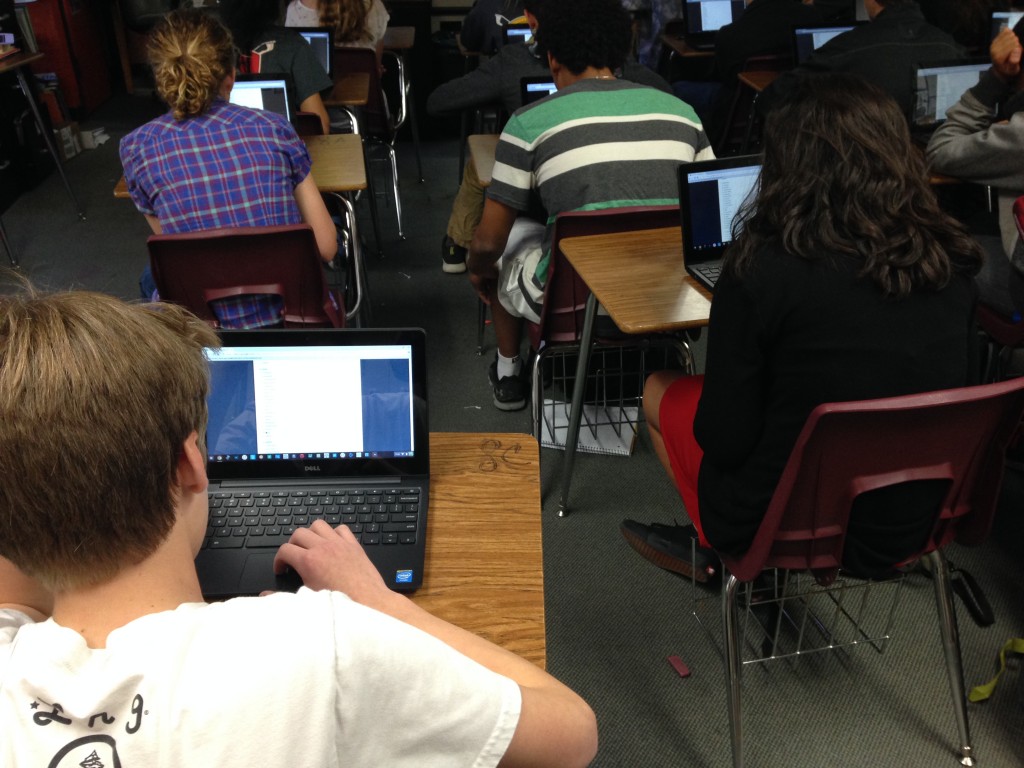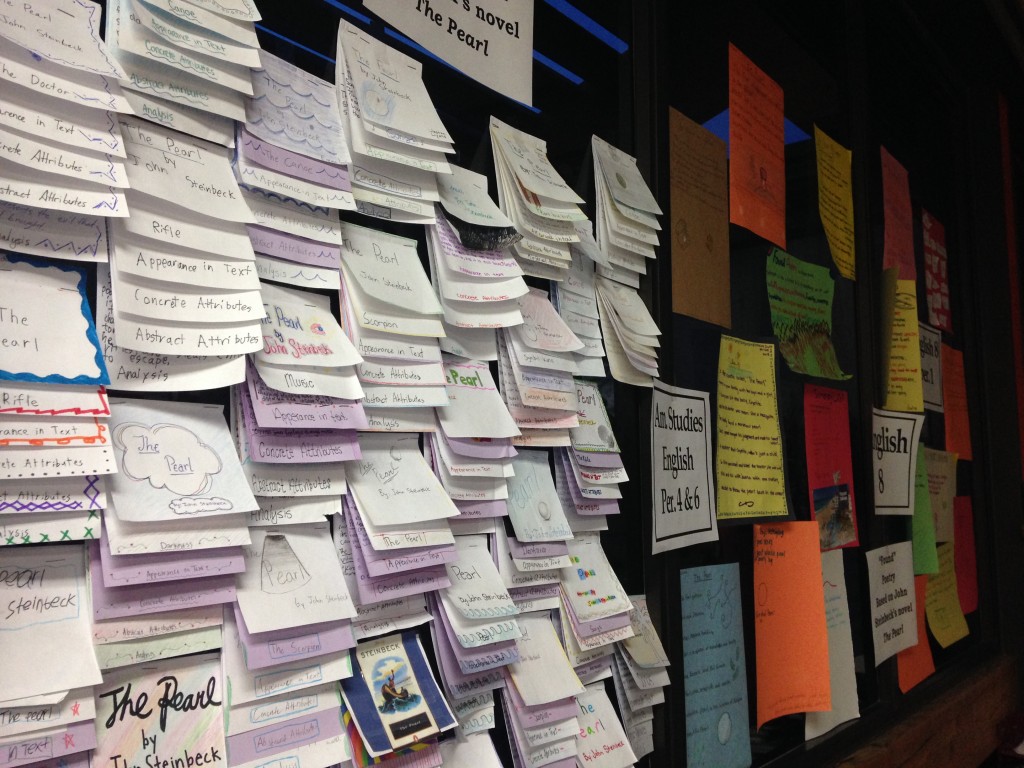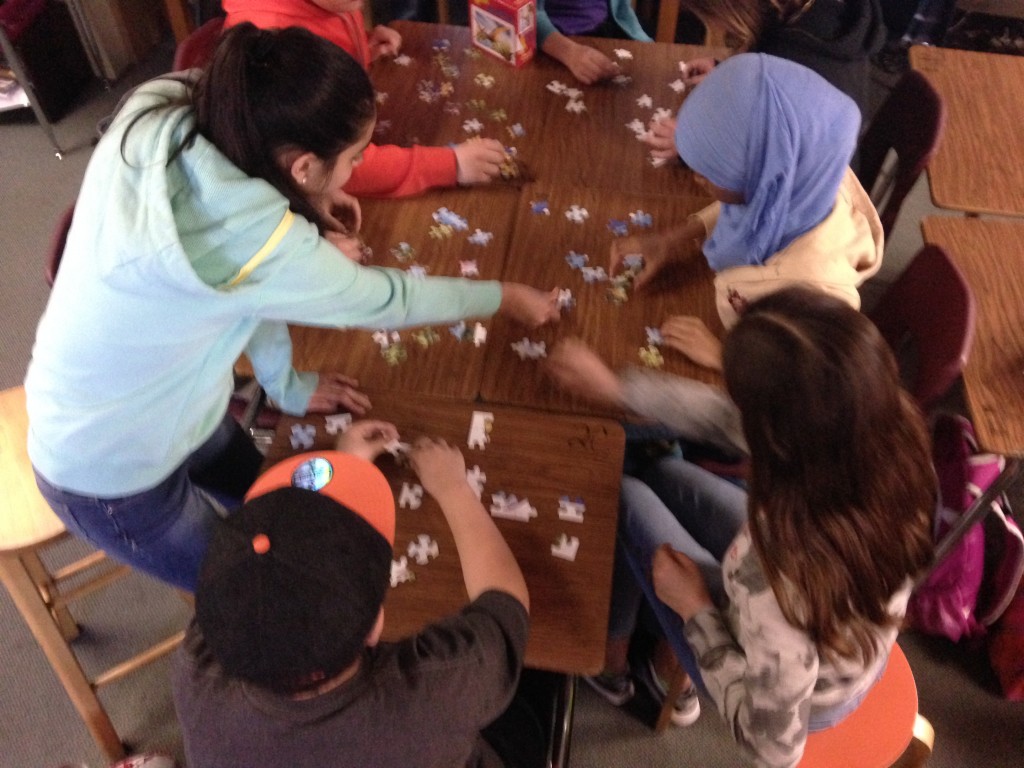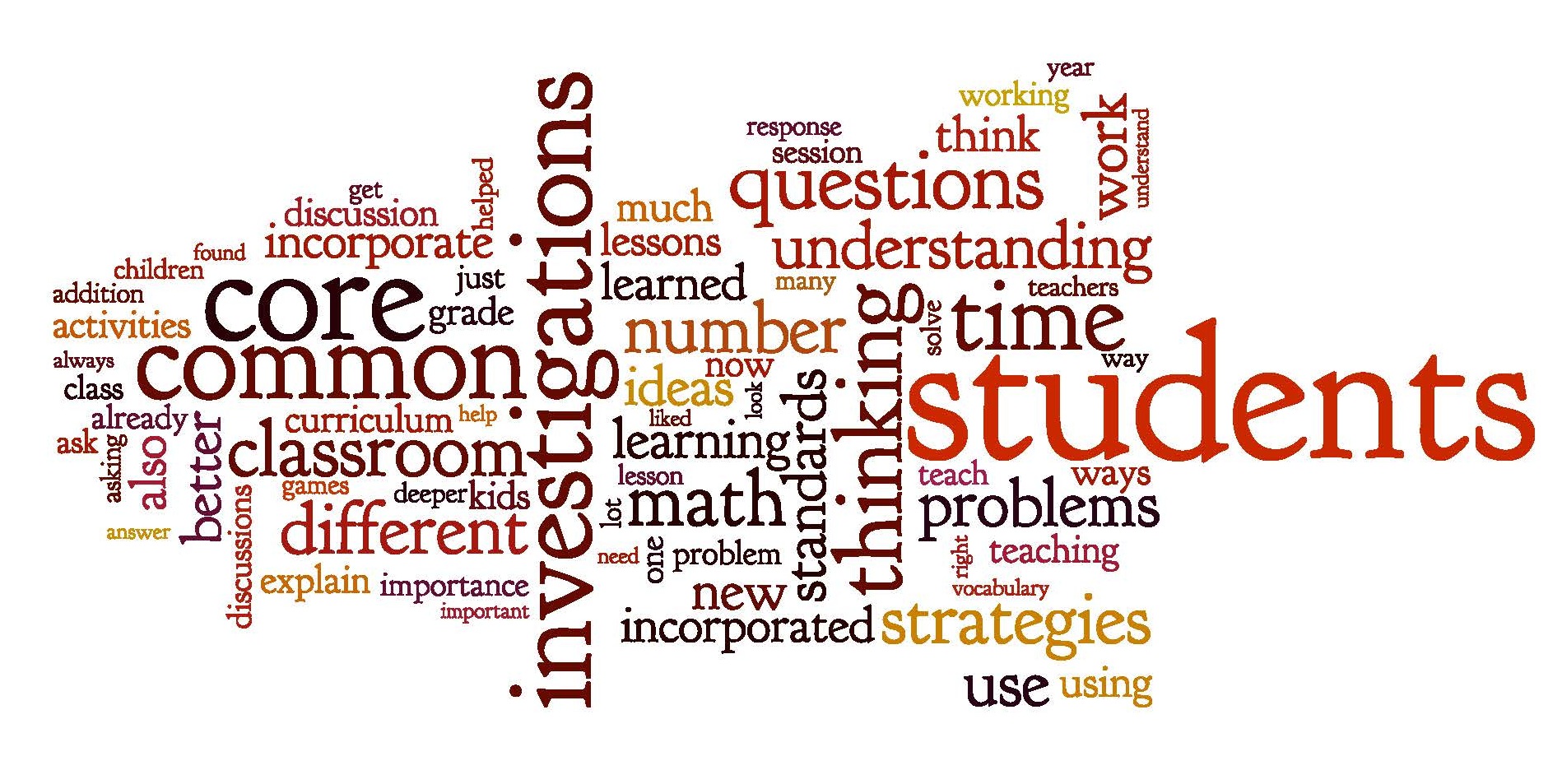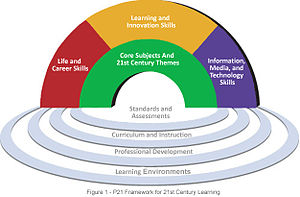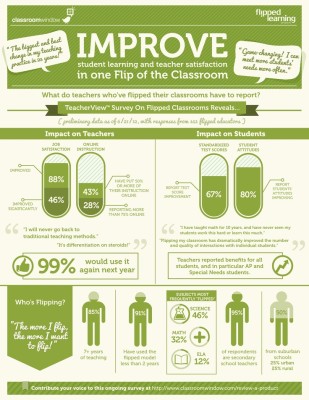Finding harmony, or a ‘work-life balance’, is not always so easy. Teachers work in environments where we are on display, constantly being asked to flex one way or another, to group and individualize, to plan, execute, reflect and regroup.
Most of the time it’s doable – we find a rhythm to our classes and our workflow and especially after November harmony just happens.
Until it doesn’t. Usually because of an interruption. Or a disruption.
Or a life event that reminds us that being ‘on’ all day without anywhere to hide, without a place to retreat, leaves us very vulnerable.
As an educator, I feel like this sometimes:
In my part of the world, this is the treat in our fall and winter skies – murmurations of starlings, dancing in and out of formation. Their harmony is mesmerizing, only broken by the intrusion of a predator or a decision to rest.
When my dad died last month, this is what came to mind. A disruption of harmony. An intrusion. A storm of emotions and decisions and realities that threatened my equilibrium and pushed me out of teaching. It’s just impossible to face forward at times like this, looking into 120 sets of eyes that hunger for recognition and caring.

This time, I didn’t have a choice.
I just stopped. I focused on what I could do to make me happy, knowing that if I could recenter and regain a little bit of life harmony, the work harmony would fall into place.
A few days in, I heard a knock at my door ten minutes before class started. I hesitated to answer, afraid of how I would react to any sort of request. Surprisingly, when I pushed open the door a tiny little girl on crutches, blond braids slightly askew, chimed, “Mrs. Wolfe, can I show you something? I wrote my hook last night and I think it’s really good!
How could I say no to that? And as she read aloud the few sentences she’d crafted the night before, I smiled. What we’d been learning in my first period English class stayed with her overnight, urging her to write and create and share…a teacher’s dream.
I set an intention at that moment, seconds before the bell rang, to look for more.
“After a storm comes a calm”
Harmony appeared nearly every day after that. Rather than getting caught up in the needs of everyone else, I looked for tiny glimpses of hope that what we were creating in room A-1 meant something. I stepped back from worrying about being behind, and pushing to finish, and settled into the process. Watching the joy in students’ eyes when they ran over to me during reading time, novel in hand and exclaiming they noticed an example of dialogue written just the way we’d been learning about…or pointing to a character’s thinking and wondering why it was or wasn’t italicized.
I helped them push past perfectionism in their publishing and find a platform that best enhanced their narratives, challenging their creativity and showing them that they, too, are published authors.
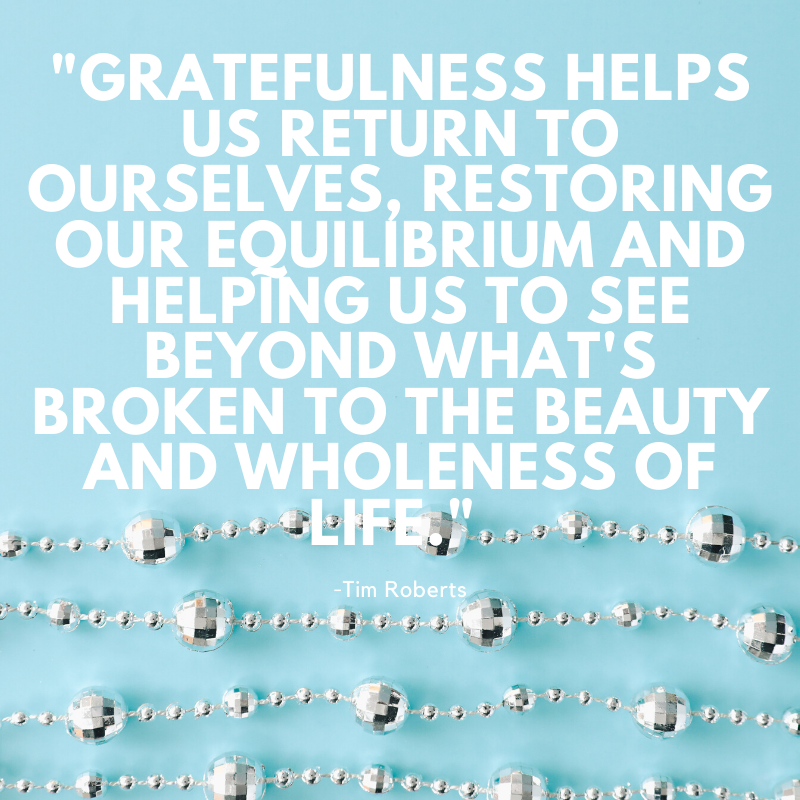
As my flexibility increased in the classroom, the joy showered down on me and I feel the harmony easing back in. Teaching is hard if you do it right – just like parenting. It’s much simpler to look the other way; easier to take the path of least resistance. This month is teaching me to honor the ebb and flow of my life and of my classroom. I’m consciously practicing creating harmony in my personal life as well as my profession, and the navigation isn’t always smooth. Life cycles don’t always follow a predictable pattern. Stress builds, minds close, and boundaries grip us tightly.
Like the starlings, I’m learning how to rebalance. Practicing mindfulness so when harmony is disrupted, when an ‘intruder’ shakes up my center and pushes me out of bounds teaches me I can handle it. I can harness my power, listen to my rhythms, and swoop low when I need to.
I know I’ll rise up again.
If you’d like a copy of the narrative writing HyperDoc with lessons we’ve been doing, click here.
If you’ve got some ideas for bringing more harmony into our lives, please reach out – I’m confident there are many of us who could use a bit of help.








